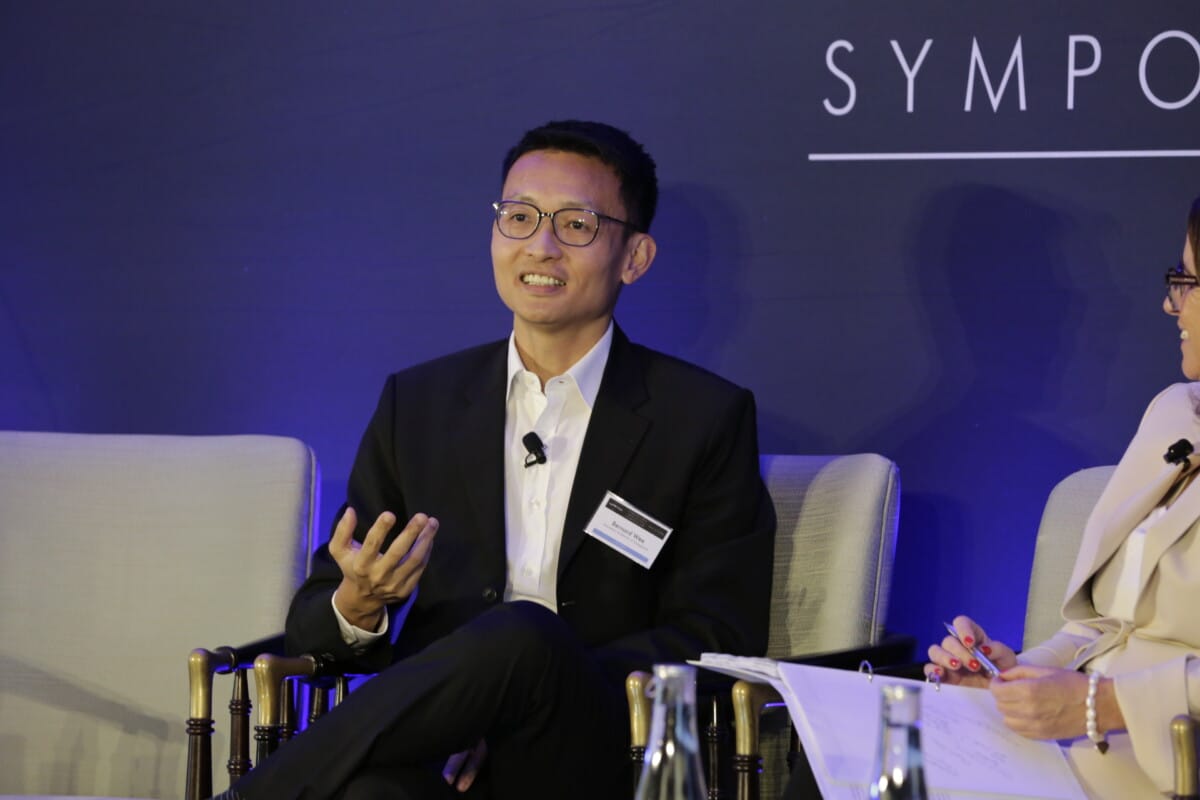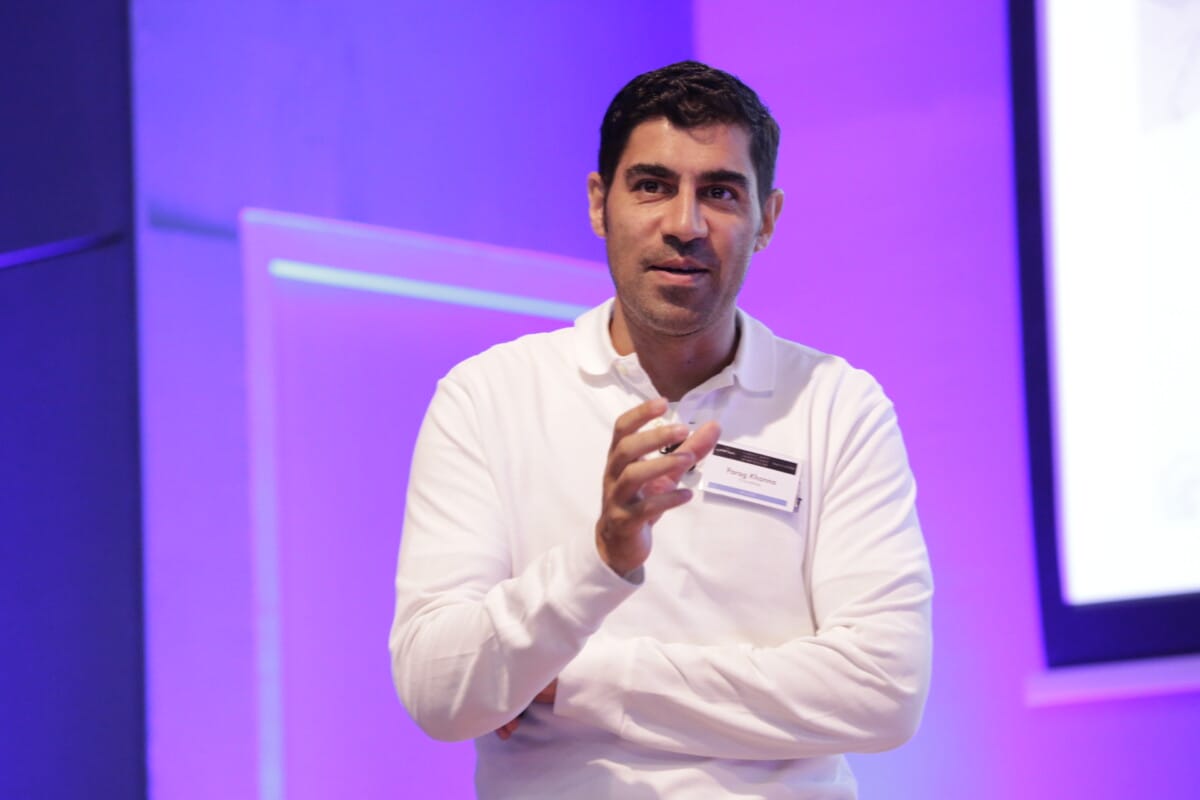A market-weighted index isn’t necessarily the best indicator of where growth in Asia will come from in future. Bernard Wee, group head of markets and investment at the Monetary Authority of Singapore told the Fiduciary Investors Symposium in Singapore that to maximise returns, investors must take a much closer look at the region and understand the nuances of trade and investment.
Investors need to take a granular look at emerging markets, according to Bernard Wee, group head of markets and investment at the Monetary Authority of Singapore (pictured), who says mean variance optimisation based on real variables like growth will result in a very different outcome.
“This type of granular work is something asset owners have to be very rigorous about when they enter emerging markets,” Wee said, adding MAS has been investing in emerging markets for more than 20 years.
“In Singapore we sit in this crossroads of emerging markets and developed markets. Being in Asia we are more conformable with emerging markets, but it also helps that Asia is the largest allocation in most emerging markets per region,” he said.
“There is no one emerging market, I think that is that is something you have to know.”
As an example he said the level of rates in LatAm is much higher than Asia with the latter having a different composition of inflation and a much lower peak policy rate.
“Asia is tied more to China’s fortunes than other regions in emerging markets. You need to look at emerging markets more granularly,” he said.
“The consequence of that also means the other challenge for emerging market investors is you need to think about what the market-weighted index looks like and whether that fits with where the growth opportunities are going to be.”
He said unlike developed market indices where market development and liquidity is comparable across markets, emerging market indices by market cap are slightly lagged because those that enter the index earlier grow bigger faster, and benefit from liquidity for a much longer time.
“But they are also the slightly more maturing individual countries, and it’s the new entrants to emerging markets that are faster growing but have a smaller allocation,” Wee said.
“You have to think about whether the market weight reflects the opportunities,” he said. “There are issues, GDP weighted is probably not practicable. I don’t have an answer, it’s something we are struggling with as well.”
The nuances of trade and investment
Expanding on the granularity theme, Wee said it was important to understand the nuances of trade and investment.
“You have to look at where the investment is coming from and where it is going to – not all FDI is the same,” he said, as an example.
“If you are building a plant in Vietnam as part of a globally integrated supply chain, that sort of FDI uplifts productivity a lot more than horizontal FDI where you set up a plant just to sell to the local market because of the large demand. You have to look at what type of FDI.”
MAS manages about $300 billion and is the most conservative of the three entities managing sovereign wealth in Singapore, the others being GIC and Temasek. MAS holds mostly liquid assets with investment-grade bonds in advanced economies taking up the largest share.
Wee, who oversees the investment of Singapore’s official foreign reserves, implementation of Singapore’s exchange rate-centred monetary policy, stability of Singapore dollar money markets as well as issuance of Singapore government securities, said he had been reviewing the market outlook through both a short-term and long-term lens.
“From these different lenses we have a slightly opposite view,” he said.
“In the short term, the market is pricing in tail risks receding and upside risks increasing, whereas in the long term, we think that tailwinds are receding and headwinds are increasing.”
Tailwinds of prosperity receding
Wee said the view at MAS is that the tailwinds of prosperity are receding. He said global population growth, a huge tailwind historically, is slowing quickly, alongside more geopolitical conflicts and trade tensions.
“The question facing all investors is: what do we do with all the cash?” he said.
“And that depends on what sort of environment there will be going forward.”
Continuing with the theme of granularity, Wee said understanding the drivers of growth required a more nuanced look at the trends. For example, the volume of global trade had flatlined since 2012 but what was more important was the composition and granularity, with the nature of trade changing.
He said historically there had been problems along the path of global growth, including an oil crisis in the 1970s, high inflation, savings and loans crisis, dot com crash, and the GFC which all had drawdowns, but didn’t derail the long-term trend of prosperity.
The issue today is the problems are everywhere all at once.
“If we think the headwinds are changing do we need to tilt the portfolio to build more resilience?” he said.



